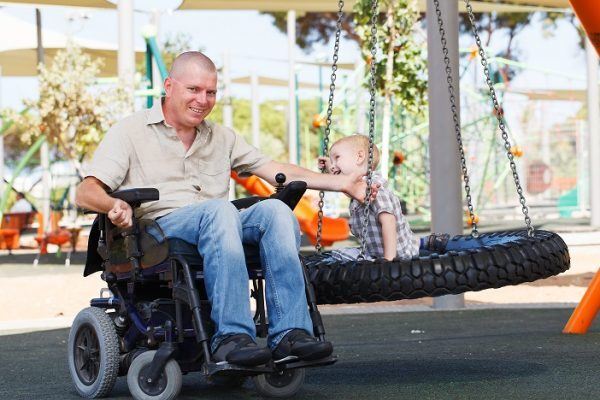A recent Occupational COVID-19, Study addressed Coronavirus Work Injury Claims for Health Care Workers. The study was done in Germany. Nienhaus A. COVID-19 among Health Workers in Germany-An Update. Int J Environ Res Public Health. 2021 Aug 31;18(17):9185. doi: 10.3390/ijerph18179185. PMID: 34501773; PMCID: PMC8431697.
Healthcare Workers, being on the front line of medical care, are at significant risk for industrial COVID-19 infection injuries. Infection rates appear to be different for each particular Healthcare Occupation. Infection risk differs from support staff workers to nurses to doctors. Likewise, the Healthcare Worker’s workplace can impact the infection risk. Facility types, i.e. hospital, nursing home, etc, can play a role in infection rates.
This article will discuss the study which addresses Healthcare Workers and their industrial COVID-19 infection rates.
What Health Care Facilities Are Impacted?
The study showed that “most claims concern inpatient and outpatient nursing (39.5%) or clinics (37.6%).” Supra.
In contrast, medical practices are not subject to as many claims. It was reported that “As few as 3.2% of the claims concern medical practices.” Supra.
In other words, it appears that facilities which address extended patient care have greater rates than mere evaluations or examinations.
What Was the Claims Acceptance Rate for Occupational Injury?
It was reported that “.. 77.5% of all claims were assessed, and in 81.4% of these, the OD(Occupational Disease) was confirmed.” Supra.
Thus, it appears in Germany that there is wide acceptance of industrial claims of injury for COVID-19.
How Are Healthcare Workers Impacted?
Nursing is the profession most impact with 68.8% of the cases. Supra.
Hospitals had the highest claims rates with 41.3 claims per 1000 full time workers. Supra.
What Was Treatment Severity?
It was reported seventy-seven workers died (0.09%) and three hundred and seventy-five (0.4%) were hospitalized. Supra.
The majority of workers got treatment clinics (52.3%) and inpatient and outpatient care facilities (28.0%) Supra.
What Percent Claims Considered as Industrial?
A total of 65,693 (77.5%) claims were assessed, and for 81.4% of these claims, the Occupational Disease was confirmed. Supra.
Where Was the Highest Frequency of Claims?
The Occupational Disease rate per 1000 full time workers highest in clinics, followed by inpatient and outpatient care (28.9 and 20.8). Supra.
Where Were the Highest Claims Rates?
The Occupational Disease rate per 1000 full time workers was highest in clinics, followed by inpatient and outpatient care (28.9 and 20.8). Supra.
The hospital breakdown was per 100,000 full time workers highest for clinics (25.4), followed by inpatient and outpatient care (10.5) and medical practices (8.7). Supra.
What If I Need Legal Advice?
If you would like a free consultation concerning any workers’ compensation case, please contact the Law Offices of Edward J. Singer, a Professional Law Corporation. They have been helping people in Central and Southern California deal with their worker’s compensation cases for 28 years. Contact us today for more information.

